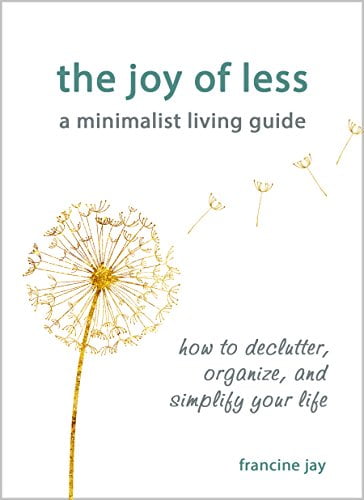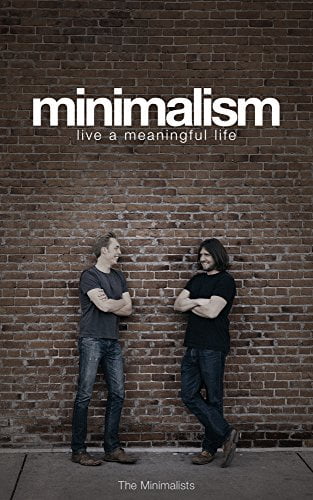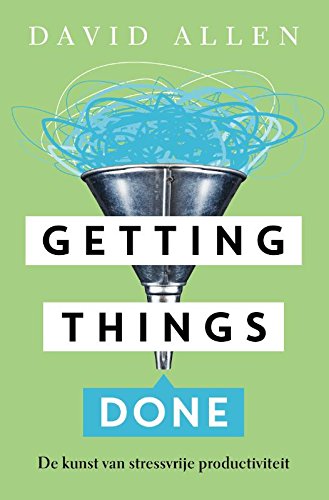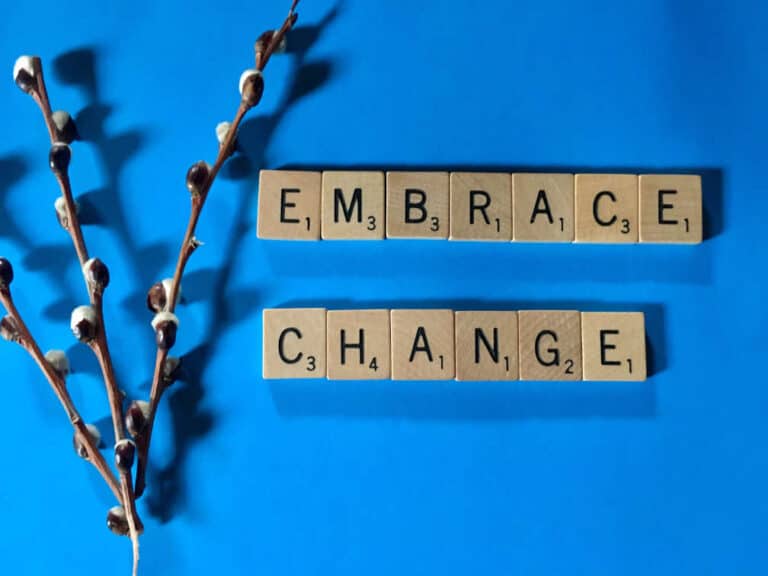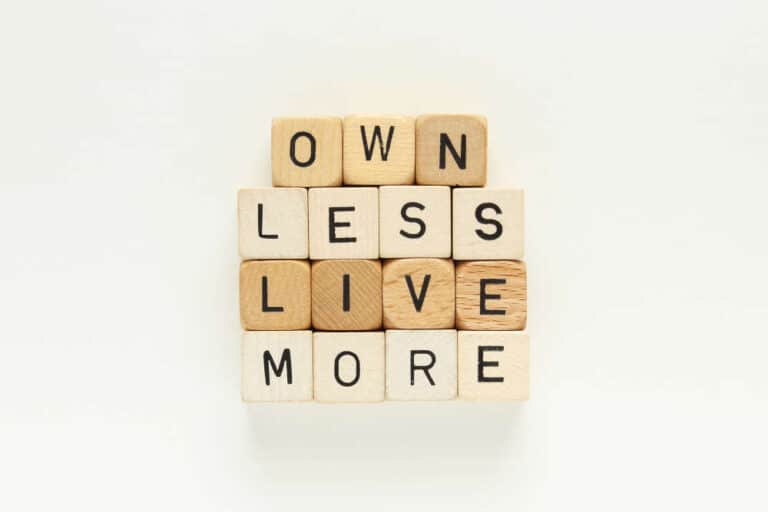The Art of Being a Book Minimalist – 3 great steps forward to get started today
These 3 titles have given better insight combined than most others. A Book Minimalist journey is a must for anyone getting started today. Enjoy…
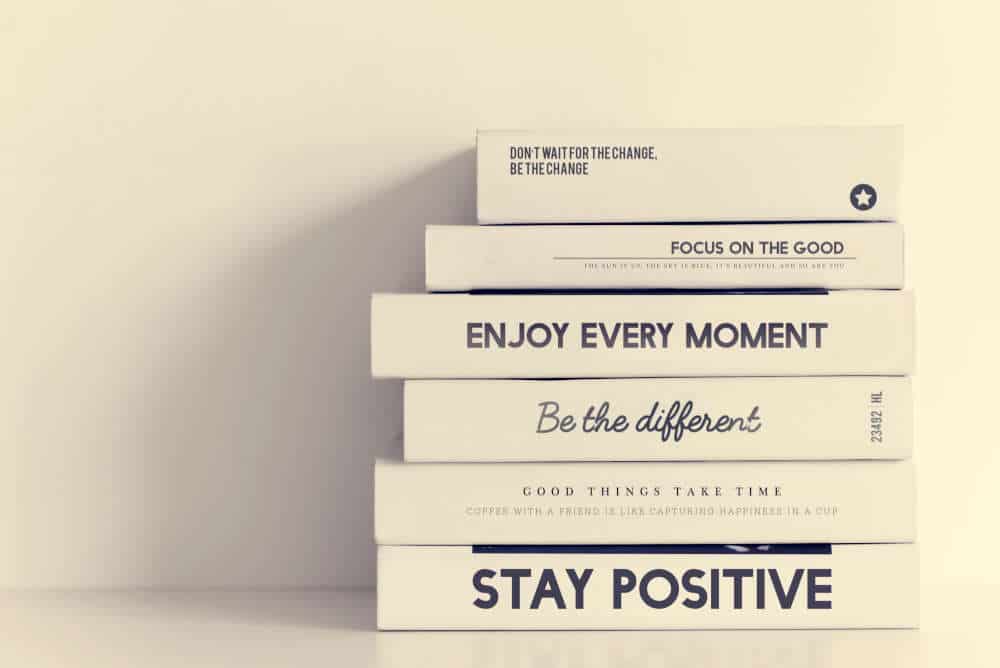
3 Titles To Get you Started for the book minimalist
The Joy of Less – A Minimalist Living Guide by Francine Jay
Main topic or theme of the book
The main topic of the book is minimalist living, focusing on decluttering, simplifying, and finding contentment with less.
Key ideas or arguments presented
- Minimalism is not about depriving oneself, but rather about intentional living and prioritizing what truly adds value to one’s life.
- Understanding that possessions do not define happiness and that letting go of excess can lead to a more fulfilling life.
- Highlighting the importance of mindful consumption and avoiding the accumulation of unnecessary possessions.
- Techniques and strategies for decluttering and organizing various areas of life, including physical spaces, schedules, digital clutter, and relationships.
- Providing practical tips for decluttering one’s home, such as tackling one area at a time and adopting a “one in, one out” rule.
- Emphasizing the benefits of creating a minimalist schedule and simplifying digital devices to reduce distractions.
- Discussing the significance of cultivating meaningful relationships and letting go of toxic connections.
- Exploring the impact of minimalist living on personal finances and environmental sustainability.
- Discussing the financial advantages of living with less, including reduced spending, lower maintenance costs, and increased financial freedom.
- Addressing the environmental benefits of minimalism, such as decreased consumption, waste reduction, and a focus on sustainable practices.
main sections of the book for book minimalist
- Defining Minimalism: The Power of Less
- The Road to Minimalism: Decluttering Your Home
- Minimalism Outside the Home: Simplifying Your Schedule and Digital Life
- Intentional Relationships: Cultivating Meaningful Connections
- Minimalism and Money: Financial Freedom and Conscious Consumption
- Sustainable Minimalism: Less Stuff, Less Waste, Less Impact
Key takeaways for book minimalist
- Minimalism is about intentionally simplifying and prioritizing what matters most in life, leading to increased contentment and fulfillment.
- Decluttering and organizing one’s physical environment, schedule, digital devices, and relationships can contribute to a more minimalist lifestyle.
- Minimalism has financial advantages, including reduced spending and increased financial freedom, while also supporting environmental sustainability through decreased consumption and waste reduction.
Author’s background and qualifications
Francine Jay, an esteemed writer, blogger, and speaker recognized as Miss Minimalist, passionately devotes herself to championing the minimalist way of life. Through numerous media platforms, she has garnered attention and acclaim for her profound insights on minimalism and the art of decluttering, penning a multitude of books that delve deep into these subjects.
Comparison to other books on the same subject of book minimalist
A Minimalist Living Guide provides practical guidance on decluttering and simplifying various aspects of life, similar to other popular books on minimalism like “The Life-Changing Magic of Tidying Up” by Marie Kondo and “Essentialism: The Disciplined Pursuit of Less” by Greg McKeown. However, Francine Jay’s book focuses on a more concise and approachable approach to minimalism.
Target audience or intended readership
This book minimalist selection is perfectly fitting for individuals intrigued by embracing a simplistic way of life, ranging from novices to those already acquainted with the tenets of minimalism. It accommodates a wide range of readers, irrespective of their prior familiarity with minimalism’s essence.
Reception or critical response to the book
While specific information on critical response is not available, A Minimalist Living Guide has generally been well-received by readers and has gained a positive reputation within the minimalist community.
Publisher and First Published Date
The book was published by Chronicle Books and was first published in 2013.
Recommendations for book minimalist
- “The Life-Changing Magic of Tidying Up” by Marie Kondo
- “Essentialism: The Disciplined Pursuit of Less” by Greg McKeown
Finding more in Book Minimalist
Minimalism: Live a Meaningful Life – by Joshua Fields Millburn and Ryan Nicodemus
Main topic or theme of the book:
The main topic of the book is minimalism and how it can help individuals live a more meaningful and purposeful life.
Key ideas and arguments presented:
1. Minimalism is not just about getting rid of physical possessions, but also about decluttering mental and emotional burdens.
2. Living a meaningful life requires identifying and focusing on the things that truly matter to us.
3. Embracing minimalism can lead to less stress, more freedom, and a greater sense of fulfillment.
main sections of the book:
1. Minimalism: What’s the Point?
2. A Parable of the Backpacks
3. A Paradoxical Tale of Success
4. The Minimalist’s Secret
5. Start Here
6. Minimalism in Seven Days
7. FAQ: Frequently Asked Minimalist Questions
8. The Five Values of Minimalism
9. Minimalism and You
10. Exercises and Actions
Key takeaways or conclusions:
Minimalism is a personal journey that involves examining our values, priorities, and attachments.
Letting go of the unnecessary allows us to focus on what truly brings us joy and fulfillment.
Minimalism is about intentional living, making deliberate choices, and being mindful of our lifestyle as book minimalist.
Author’s background and qualifications:
Joshua Fields Millburn and Ryan Nicodemus, known as The Minimalists, are popular advocates of minimalism. They have written several books, delivered TED talks, and have a large following on their website. They have personally experienced the transformative power of minimalism and share their insights and experiences to inspire others.
Comparison to other books on the same subject:
While there are numerous books on minimalism, “Minimalism: Live a Meaningful Life” stands out in its focus on finding meaning, purpose, and fulfillment through minimalism. It goes beyond decluttering and organizing, emphasizing the connection between minimalism and leading a meaningful life for book minimalist.
Target audience or intended readership:
The book is aimed at individuals who want to simplify their lives, declutter their physical and mental space, and find greater meaning and purpose. It appeals to those who are seeking a more intentional and fulfilling lifestyle.
Reception or critical response to the book:
The book has received positive reviews, with many readers finding inspiration in the authors’ personal stories and practical advice. It is praised for its clear and concise writing style, as well as its relatability to a wide range of readers.
Publisher and First Published Date:
The book was published by Asymmetrical Press in 2011.
Further Recommendations for book minimalist:
“The More of Less: Finding the Life You Want Under Everything You Own” by Joshua Becker: This book explores minimalism as a means to find contentment and fulfillment in life.
“Goodbye, Things: The New Japanese Minimalism” by Fumio Sasaki: This book delves into the Japanese concept of minimalism and its impact on happiness and wellbeing.
“Soulful Simplicity: How Living with Less Can Lead to So Much More” by Courtney Carver: This book explores minimalism as a way to create a more meaningful and intentional life.
Biggest Takeaway:
Minimalism is not just about getting rid of physical clutter, but also about decluttering our minds, prioritizing what truly matters, and finding greater meaning and purpose in our lives as a book minimalist.
continue your book minimalist journey…
Summary of “Getting Things Done” by David Allen
Main topic or theme of the book
The main topic of “Getting Things Done” is personal productivity and organization, focusing on a system that helps individuals effectively manage their tasks, commitments, and information overload.
Key ideas or arguments presented
- Allen introduces the GTD methodology, a five-step system for organizing and managing tasks: capture, clarify, organize, reflect, and engage.
- The author emphasizes the importance of clearing mental clutter by capturing and organizing all tasks, commitments, and information in an external system.
- GTD promotes the idea of maintaining a comprehensive and updated list of all open loops, projects, and next actions to ensure nothing falls through the cracks.
- Allen emphasizes the need to clarify next actions and define outcomes, leading to improved focus and decision making.
- The book stresses the significance of regularly reviewing and reflecting on all commitments and projects to maintain control and prioritize effectively.
main sections of the book
- The Art of Getting Things Done
- Getting Control of Your Life: The Five Stages of Mastering Workflow
- Getting Projects Creatively Under Way: The Five Phases of Project Planning
- Practicing Stress-Free Productivity: The Fine Art of Relaxation
- Getting Started: Setting Up the Time, Space, and Tools
- Collection: Corralling Your “Stuff”
- Processing: Getting In to Empty
- Organizing: Setting Up the Right Buckets
- Reviewing: Keeping Your System Functional
- Doing: Making the Best Action Choices
- Getting Projects Under Control
- Maintaining Your System: The Weekly Review
Key takeaways or conclusions
- The GTD methodology provides a framework to achieve stress-free productivity by capturing, clarifying, organizing, reflecting, and engaging with tasks and commitments.
- Organizing tasks in a trusted external system reduces mental clutter and enables focused action.
- Regular reviews and reflections on projects and commitments prevent overwhelm and ensure alignment with goals.
- By defining clear outcomes and next actions, individuals can make informed decisions and progress efficiently.
Author’s background and qualifications
David Allen, a productivity adviser and the creator of the David Allen Company, is a seasoned individual who has devoted several decades to investigating and cultivating the GTD methodology. This innovative approach has garnered immense acceptance from both individuals and establishments across the globe. Additionally, Allen has penned numerous other publications on the subject of productivity, solidifying his reputation as a distinguished authority in this domain.
Comparison to other books on the same subject
“Getting Things Done” stands as a comprehensive and influential book on personal productivity and organization. While other books exist on the topic, Allen’s methodology and system have gained widespread recognition and adoption, making it a significant contribution to the field.
Target audience or intended readership
The book is targeted at individuals who struggle with task management, feel overwhelmed by multiple commitments, and seek a structured system to enhance personal productivity and organization. It appeals to professionals, students, entrepreneurs, and anyone who wants to improve their ability to handle a high volume of tasks.
Reception or critical response to the book
“Getting Things Done” has received positive reviews and has become a bestseller, garnering acclaim for its practical approach, clear guidance, and transformational impact on readers’ productivity. It has also been praised for its adaptability to different contexts and work environments.
Publisher and First Published Date
The book was first published by Penguin Books in 2001.
Recommendations [Other similar books on the same topic]
- “Deep Work: Rules for Focused Success in a Distracted World” by Cal Newport
- “The 4-Hour Workweek: Escape 9-5, Live Anywhere, and Join the New Rich” by Timothy Ferriss
- “Essentialism: The Disciplined Pursuit of Less” by Greg McKeown
- “Atomic Habits: An Easy & Proven Way to Build Good Habits & Break Bad Ones” by James Clear
To sum up: The GTD methodology helps individuals achieve stress-free productivity through the capture, organization, reflection, and engagement of tasks and commitments, leading to increased focus, clear outcomes, and improved decision making. for the book minimalist this title is a great addition to your minimalistic library.
Some of Our Best Posts
AFFILIATE / THIRD PARTY LINKS
We may partner with other businesses and participate in affiliate programs. This means we may promote or advertise their products or services on our website. If you click on those links and purchase those products, we receive a commission or reward.
We may also recommend other products, services, coaches and consultants based on our personal experiences. However, these are just recommendations and not endorsements. You should still do your own research before purchasing anything we recommend.
While we provide affiliate links for your convenience, we are not responsible for the content on those external sites. Those sites are solely responsible for their content.

